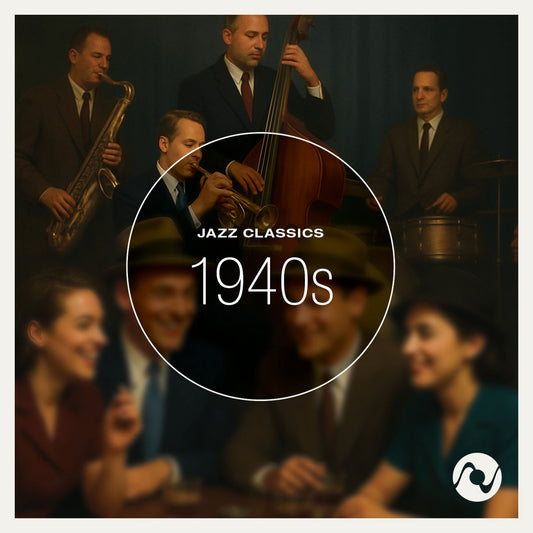Live sound isn’t always better.
I went to a local nightclub recently to hear a band I’ve followed for years. The musicians were tight, and the energy of the room was undeniable, but the sound itself was disappointing. The bass was bloated and lacked definition, vocals were buried, and the cymbals were so harsh they became fatiguing within minutes. It was a vivid reminder that “live” isn’t always synonymous with “better.”
When we pursue high-end audio at home, we’re not trying to recreate the flaws of small venues with their compromised acoustics and overdriven PA systems. We aim to capture the music itself—the balance and tonality that the artists and engineers carefully crafted in the studio. A great home system can reveal subtleties most clubs simply cover up: fingers sliding on strings, the breath of a singer, the reverberation of the recording space.
The reason live music often disappoints in small venues is simple: priorities. Sound reinforcement systems are built for volume and coverage, not imaging and nuance. Speakers are placed for convenience rather than proper stereo presentation. Mix engineers push midrange and bass forward to cut through crowd noise, sacrificing natural timbre. The result can be thrilling in energy but lacking in refinement.
Audiophiles sometimes say their systems should sound “like live music.” But which live? The nightclub with screaming treble and indistinct bass? Or the carefully balanced acoustic of a concert hall? The answer is neither. The true goal is for the speakers to disappear and the music to appear—full, dimensional, and emotionally convincing.
When you achieve that at home, you may find that your listening room can take you closer to the heart of the performance than many “live” experiences ever could.









